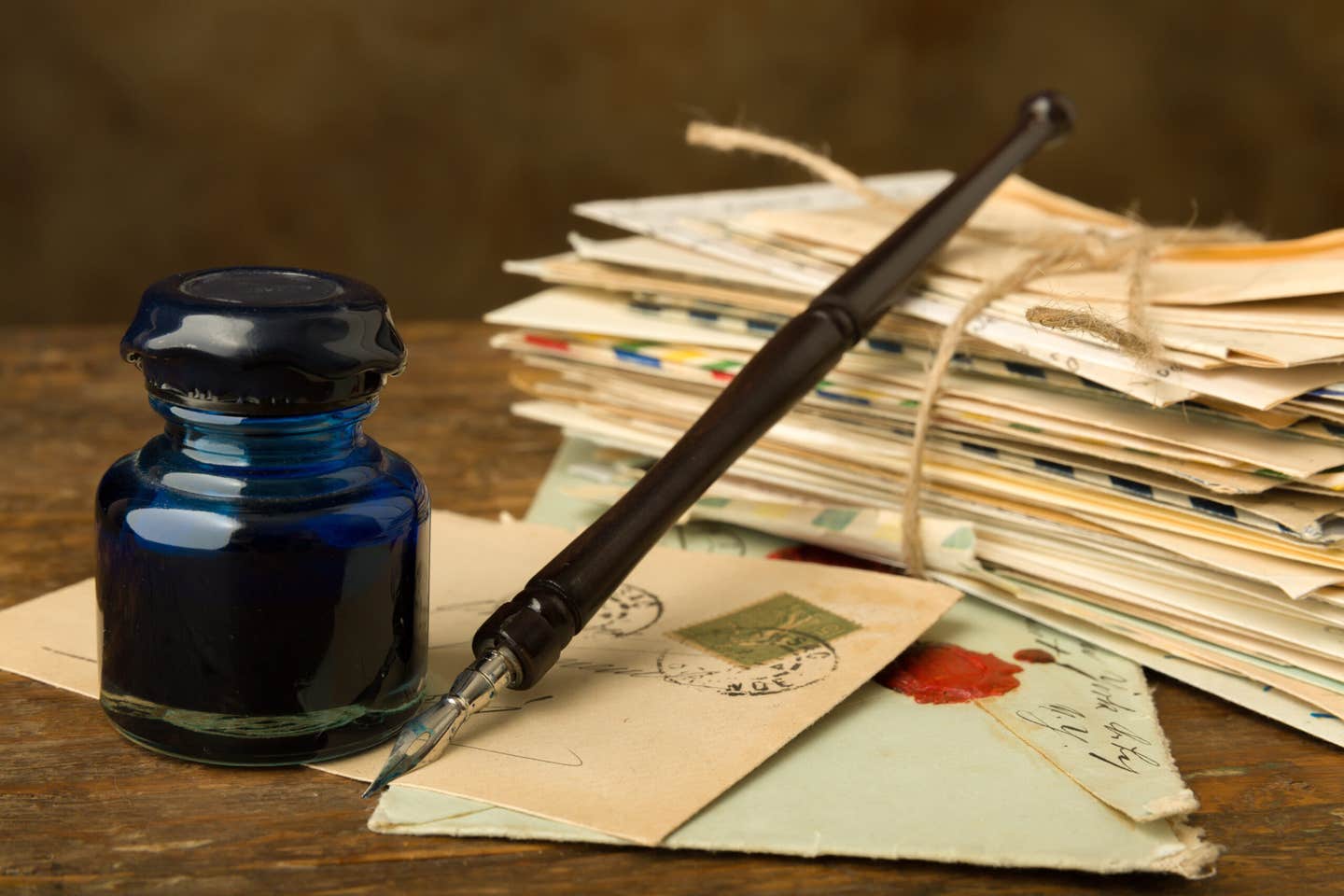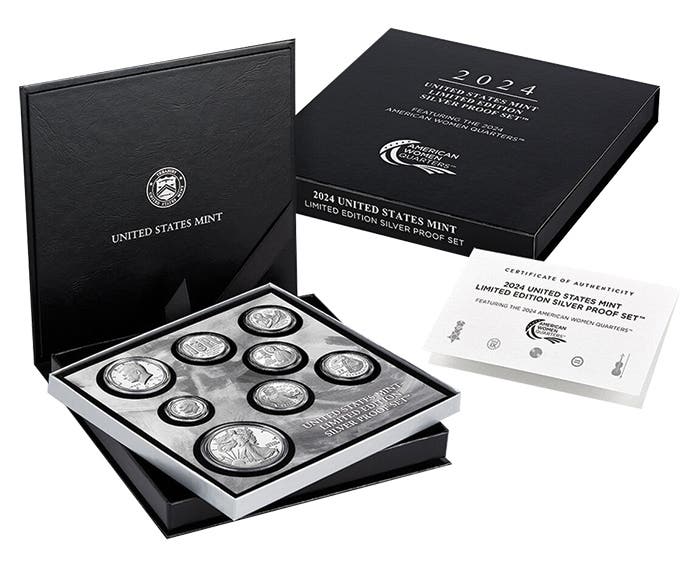Veiwpoint: Coins good investments? Figures say no
While first and foremost collecting for the fun and love of the hobby, most collectors nevertheless hope that their collections will turn out to be a worthwhile investment as well.
While first and foremost collecting for the fun and love of the hobby, most collectors nevertheless hope that their collections will turn out to be a worthwhile investment as well. In recent years articles have appeared that purport to show that coin collecting can be lucrative as an investment, further encouraging collectors to consider the investment aspect of their collection. But what kind of investment returns can an ordinary, everyday collector really expect to earn?
One of the biggest considerations in any collectibles type investment is the transactions costs of buying and selling. While innovative, competitive financial markets have made it cheap and easy to buy and sell stocks, bonds, futures, options and other financial instruments, collectibles markets are nowhere near as large or efficient as major financial markets.
Particularly for run-of-the-mill collector coins, even auction markets, which tend to be more efficient, are often not a viable method for buying/selling a collection. The dealer market is really the one most accessible to the small collector with more ordinary collector coins. So how has this market performed?
To analyze this market, I used resources available to any ordinary collector ? the Red Book and the Blue Book, which have been published annually for decades. I have taken them for what they purport to be. In the case of the Red Book, average retail prices, i.e., prices at which dealers are willing to sell coins to collectors, and in the case of the Blue Book, average prices at which dealers are willing to purchase coins from collectors.
In Wall Street parlance, Blue Book is ?bid? and Red Book is ?ask.? Some will undoubtedly quarrel with using these sources and question their representativeness. However, given that the list of contributors in each features many prominent numismatists, and the lack of a more established, reliable source, I am taking them at their face value. Since the first Red Book I purchased after I started collecting is the 1971 Red Book, that was my source for ?ask? prices.
I purchased the 2008 Blue Book last year at the American Numismatic Association convention in Milwaukee and used it as my source for ?bid? prices. I used typical date and mintmark series to evaluate returns. They were (1) Lincoln cents from 1909 ? 1958 (wheaties) in unc.; (2) Indian Head cents in VF; (3) Buffalo nickels in EF; (4) Liberty Head nickels in EF; (5) Mercury dimes in unc.; (6) Barber quarters in VF; (7) Walking Liberty halves in EF; and (8) Franklin halves in unc.
For those series in uncirculated condition (the grading convention of the day in 1971) I used prices from the 2008 Blue Book in MS-63 to calculate returns. Using MS-60 prices produced lower returns that were inconsistent with other results. Any new date/mintmark in the 2008 Blue Book that was not in the 1971 Red Book (generally a more recently discovered overdate) was omitted from the calculation.
Here?s how the results were determined. In each case I assumed one coin in the specified condition for each series as it appeared in the 1971 Red Book. I obtained the value for the same coins from the 2008 Blue Book. I assumed the coins were purchased at the 1971 Red Book prices and sold at the 2008 Blue Book prices. I then calculated the compound annual growth rate based on the two totals.
For example, the entire Indian Head cents series could be purchased in VF for $1,142.95 using 1971 Red Book prices. It could be sold for $2,808 at 2008 Blue Book prices. Therefore the return was a 2.46 percent compound average annual rate of return. In other words, the same $1,142.95 deposited in a savings account paying 2.46 percent simple annual interest would result in a balance of $2,808 available for withdrawal 37 years later (ignoring taxes).
The annual average rates of return for all series analyzed are in Table 1.
As can be seen, the returns fall mostly in a fairly narrow range of 4.0 percent to 4.8 percent per year, with a couple series below that and one series, Franklin halves, well below at less than 1 percent. The next question logically is how does this compare with common financial investments over this same time? The returns on some traditional benchmarks were: Treasury bills ? 6.3 percent, and common stocks (S&P 500) ? 10.9 percent. As can be seen, typical collector coin series, if bought and sold via a dealer, were a poor investment compared with some traditional investment alternatives, including a risk-free one.
Even this analysis does not tell the whole story. With the exception of the Franklin halves, each series has one or more key coins. I used the 2008 Blue Book prices to identify key coins for each series by comparing the average (mean) price of the coins in the series with individual date/mintmark prices. In each series (except Franklins) there are a few coins clearly far above the average coin in the series. The key dates identified were at least 25 times the price of the average coin in the series.
Most were above $1,000 at 2008 Blue Book prices. I calculated average annual rates of return for these series without the keys and for the keys only separately.
The results are in Table 2.
What conclusions can be drawn from this? First, for lower priced common collector coins, the transaction costs of buying and selling can significantly diminish the potential return. Second, as both the Red Book and Blue Book state, collecting is best thought of as a hobby first and an investment, if at all, only secondarily. Many collectors already think in this mode.
Third, if investment aspects are important to you, go after higher priced key coins, where sustained demand helps returns and higher prices reduce transactions costs as a percentage of value.
Jim Haefner is a hobbyist from Rochester, N.Y.
Viewpoint is a forum for the expression of opinion on a variety of numismatic subjects. The opinions expressed here are not necessarily those of Numismatic News.
To have your opinion considered for Viewpoint, write to David C. Harper, Editor, Numismatic News, 700 E. State St., Iola, WI 54990. Send e-mail to david.harper@fwpubs.com.









